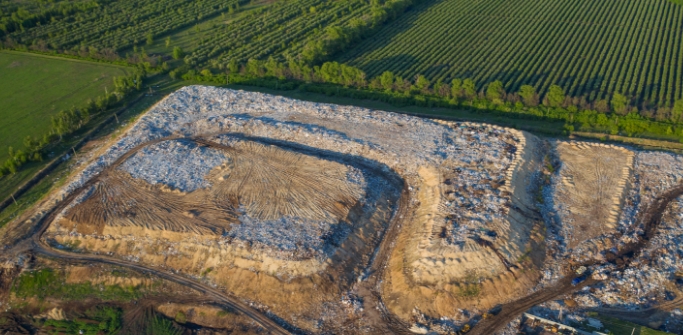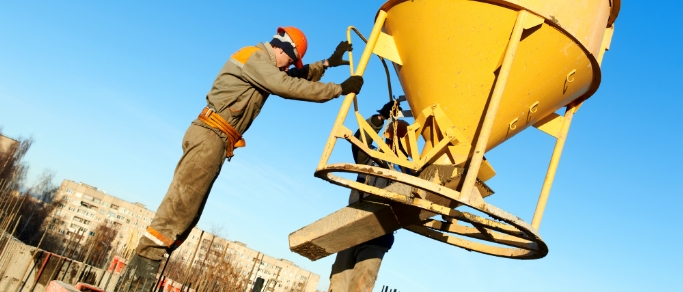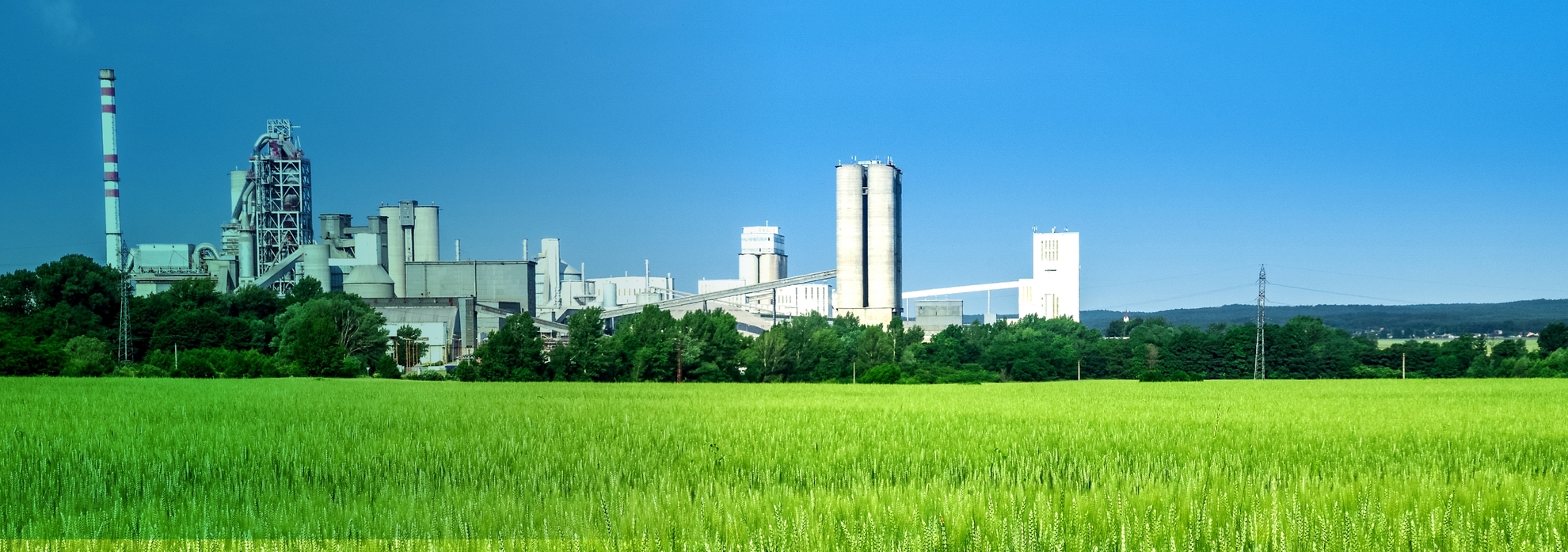This naturally engineered binder has been specially formulated for use as an additive in multiple sectors such as packaging and construction-based products.
The superior binding and hydrophobic properties of our natural bioresin additive can be used in the manufacturing of molded pulp products, to replace some of the traditional fruit and plastic plant pot containers. This application will help to reduce the amount of plastic and petroleum-based products used today.
The superior binding and hydrophobic properties of Biofusion when added to concrete mix designs will help to improve the properties of the cured concrete producing a final water repellant product for improved durability and promote a longer life cycle. It can be added to other cementitious mix designs to improve the properties of other related products making them a more durable and longer lasting “green” solution.
Plastics

Plastics used in horticulture plant containers come from different sources and are produced using several methods, some of which are incredibly toxic to the environment. Significant amounts of degraded plastics are ending up in fresh and marine waters, as well as in secure and unsecured disposal sites (landfills) on land. As these plastics gradually break down into smaller and smaller particles, polymers and associated additives find their way into organisms and all parts of the environment, including our food supplies. In the span of time, it takes for plastics to decompose in landfills, chemicals are released into the soil, ground water and ultimately our waterways.
Concrete

As a material that creates the majority of the world’s bridges, roads, dams, and construction, concrete releases an extreme amount CO2 each year. It’s the highest consumed product on earth besides water. According to the National Ready Mixed Concrete Association, each pound of concrete releases 0.93 pounds of carbon dioxide. Since concrete is such a widespread item, the amount of CO2 released in the industry continues to grow.

